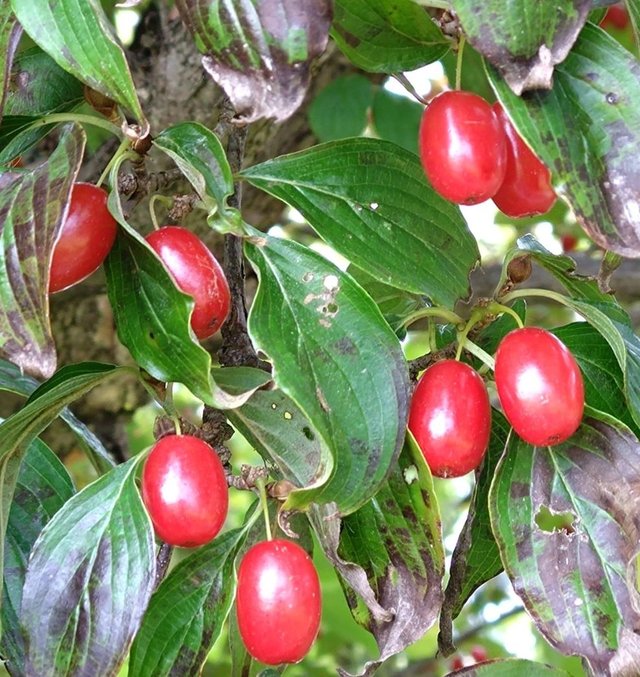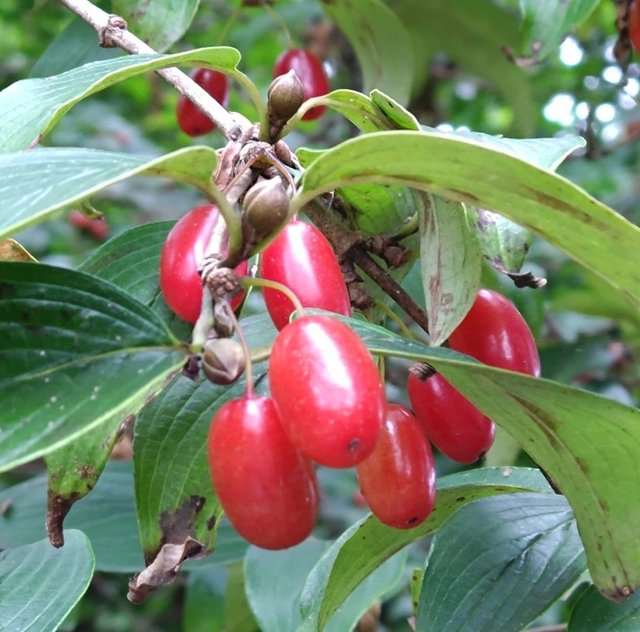Miracle Fruit: Nature’s Taste-Changing Berry
The miracle fruit, also known as Synsepalum dulcificum, is a unique berry native to West Africa. Despite its small size and nondescript appearance, it possesses an extraordinary quality that has captivated scientists, chefs, and food enthusiasts alike: it can make sour and bitter foods taste sweet. This natural phenomenon has earned the fruit its common name, “miracle fruit,” and has made it a focal point for culinary experimentation and potential health applications. Here, we’ll dive into the science behind this fascinating fruit, its cultural significance, health benefits, and how it's used.
What is Miracle Fruit?
The miracle fruit is a small, red berry about the size of a cranberry. The plant, which belongs to the Sapotaceae family, is native to the tropical forests of West Africa, where it grows as a shrub or small tree. The local population has long known about the fruit’s unusual properties and has traditionally used it to sweeten sour foods, especially acidic fruits and fermented products.
The taste-altering property of miracle fruit is due to a glycoprotein called miraculin. When the berry is consumed, miraculin binds to taste receptors on the tongue and modifies the way taste buds perceive sour flavors, creating a sweet sensation instead. This effect can last anywhere from 30 minutes to a couple of hours, depending on factors like the amount consumed and individual sensitivity.
How Does It Work? The Science of Miraculin
Miraculin itself doesn’t taste sweet, but it acts on the sweet receptors of the taste buds, particularly in an acidic environment. When miraculin binds to these receptors, it changes their structure, making them more sensitive to sour compounds. This interaction tricks the brain into perceiving sour and bitter flavors as sweet. However, miraculin doesn’t interact with the taste buds in the same way as artificial sweeteners or sugar; instead, it transforms the perception of flavor rather than directly producing a sweet taste.
This taste-modifying effect is strongest at lower pH levels, which is why highly acidic foods like lemons, limes, and vinegar taste especially sweet after eating miracle fruit. Some users describe the taste transformation as making lemons taste like candy or yogurt-like foods taste like rich desserts. While the experience varies, it has given rise to culinary experiences known as “flavor-tripping” parties, where people taste a variety of foods to experience the effect firsthand.




